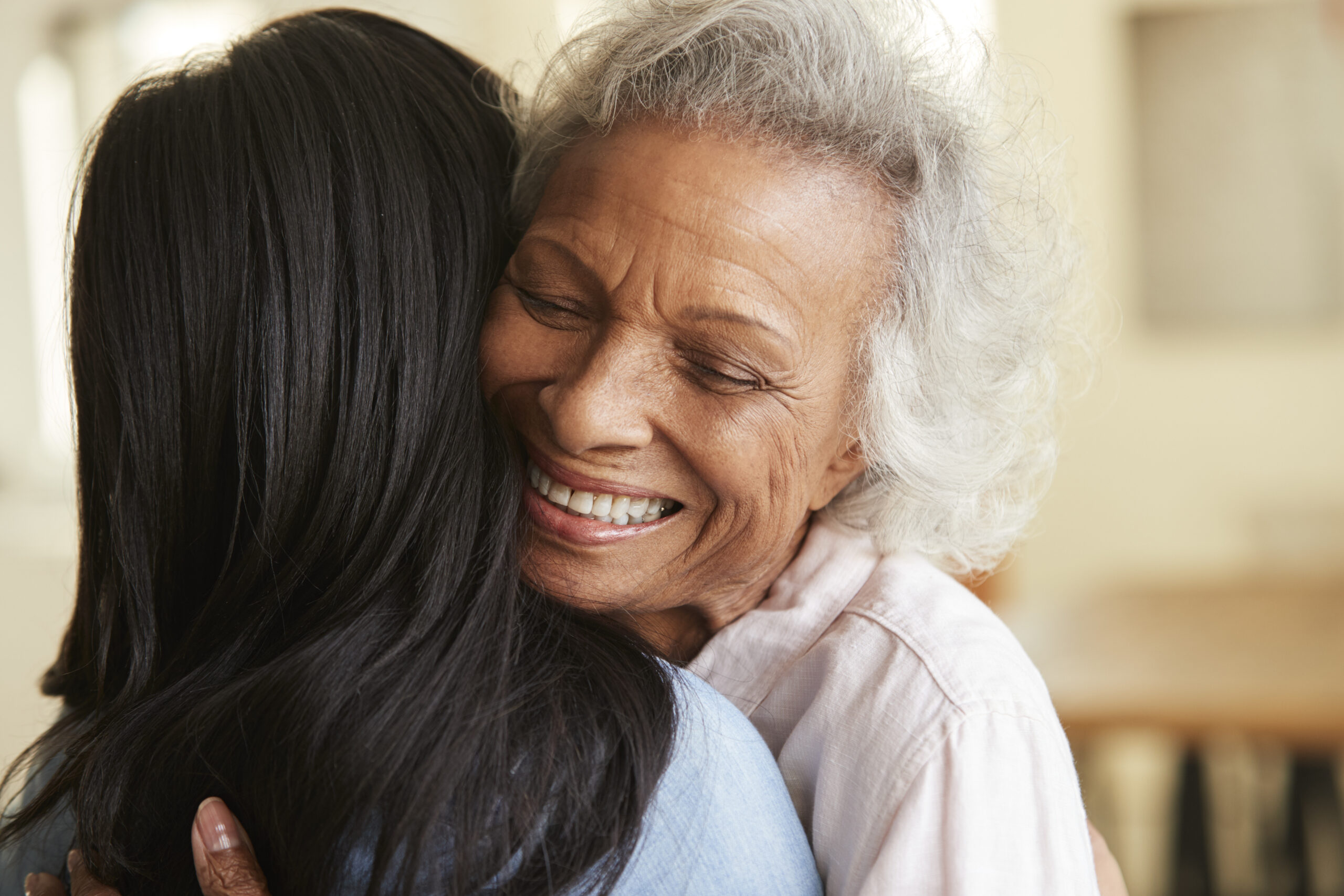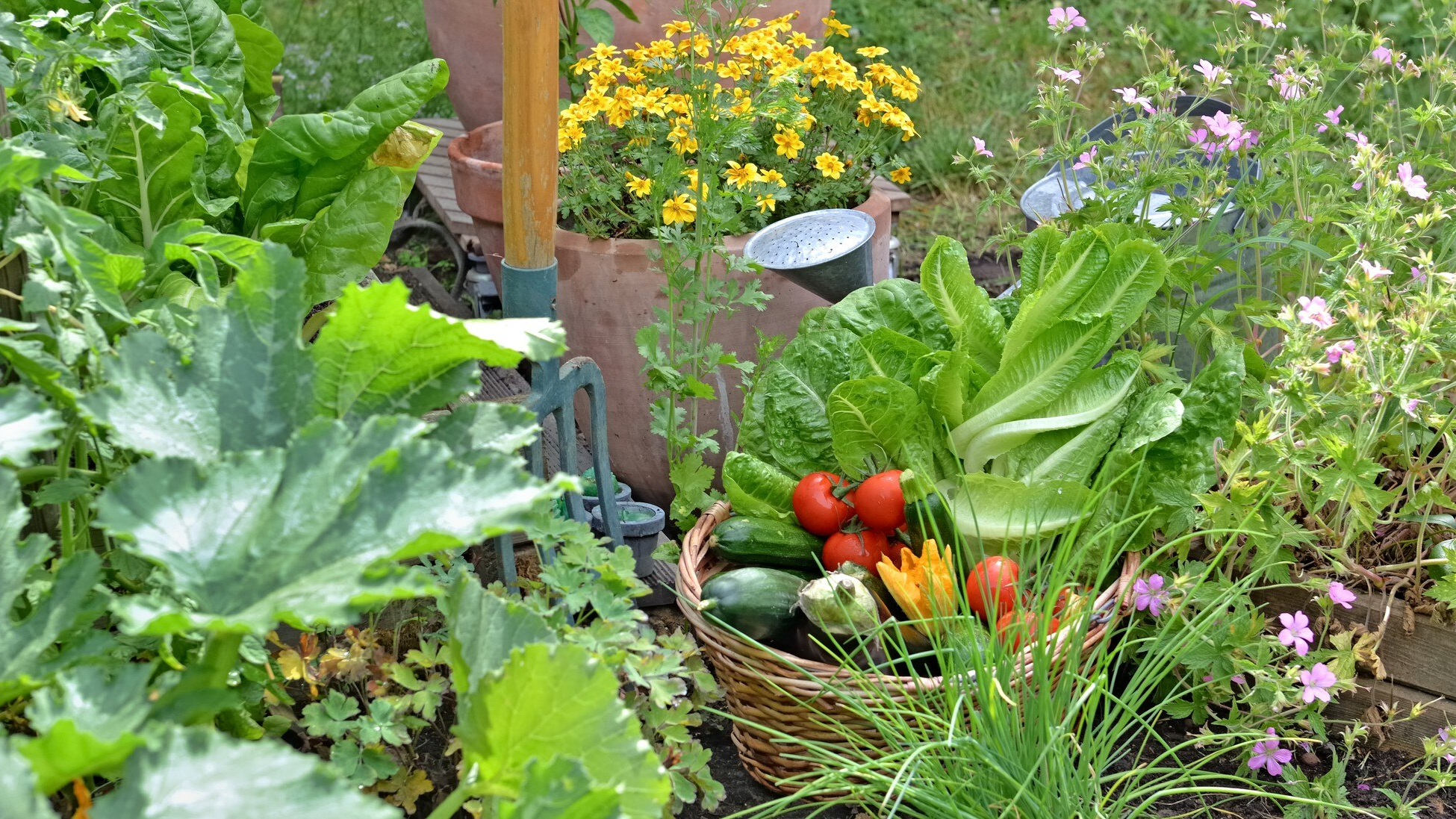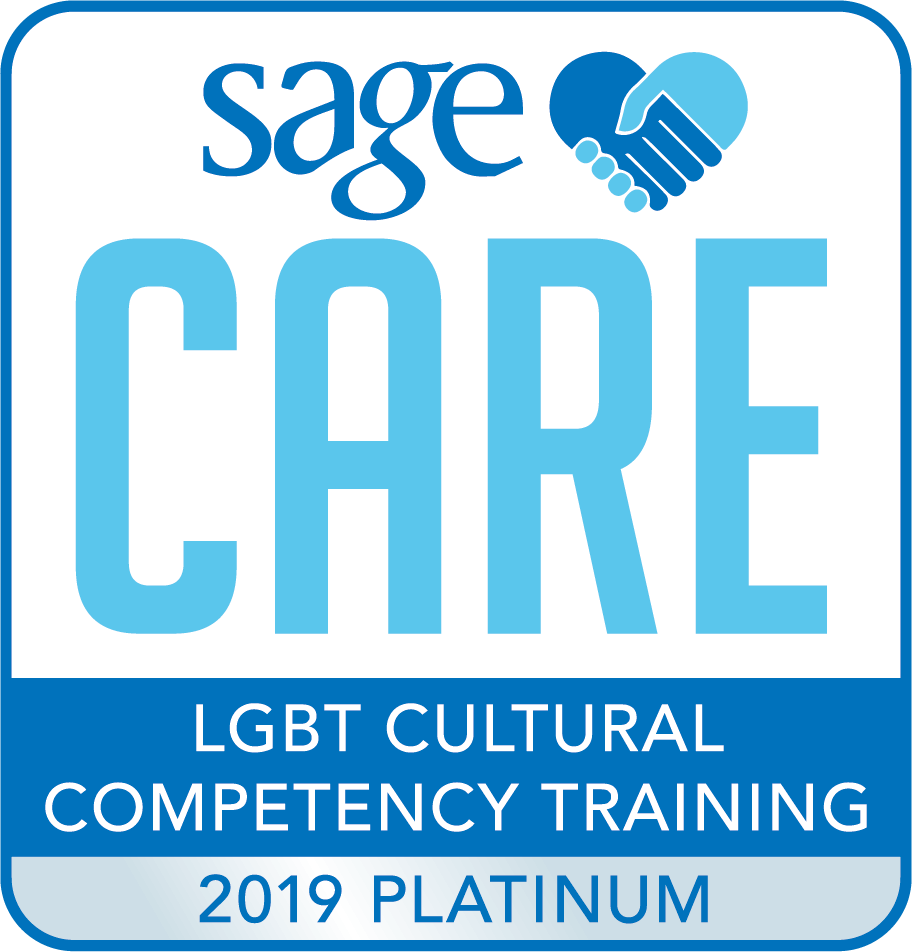Now that we have passed the six-month mark of living amid the COVID-19 pandemic, we have some thoughts about lessons learned, things to consider and direction forward. As this series begins, we will talk about physical — not social — distancing, knowing what we are fighting for, observing changes in cultural norms and considering other aspects of everyday conversations.
The Distance Is Physical, Not Social
Social distance has become the key concept to slowing the spread of the COVID-19 virus. John Hopkins University published an article on March 13 highlighting the reasons behind this practice of maintaining 6 feet between people.
But I have a serious issue with the term. Social distancing is a bit misleading. It is also against the very grain of human nature.
Social by Nature
We are social creatures. We need to be in relationship with others. That is how we are wired, as Brené Brown says in Daring Greatly.
That is how we were created, as referenced in the Genesis creation stories: “It is not good that Adam (man) should be alone.” (Genesis 2:18) This formation of the relationship in the lives of the first human beings begins their growth and development with each other, with creation and the creator.
Or in the inclusive words of John Donne: “No human being is an island.”
And so, from infancy, we have learned the social cues about the appropriate boundaries in both intimate and social situations. The positive effects of appropriate touch are life giving. When we do not experience appropriate touch, we call it skin hunger. And when we don’t get physical touch we can suffer in a variety of ways, McKnight’s reports.
Physical Touch Key for Social Connection
There are all kinds of ways we connect. We get close to shake hands when greeting someone in official or professional situations. We hug those with whom we share loving and intimate relationships. We kiss our beloved.
For many individuals, physical touch was already rare before the pandemic. As a local church pastor, I was aware that for many widowed older adults, the handshake or hug in the receiving line after the service might be the only touch those individuals received since the previous Sunday.
But with the pandemic, anyone who lives alone is faced with the question of whom to risk touching. Merchants advertise “contactless” delivery. I paid for some veggies at the farmer’s market and felt myself respond negatively to the slight, brief touch on my knuckle as I got my change. These are not the normal behaviors of healthy interactions.
And for those who live with family or roommates, they have to decide within the household — How close do we get? Is it safe to touch? We weigh risks with rewards as we all yearn to be in the same physical space and proximity of friends and family.
The challenge is how to be socially connected without being closer than 6 feet apart.
Connection Through Technology
Just today, I saw a Facebook post from a friend thanking everyone for a wonderful 80th birthday. She was so appreciative of the six different Zoom meetings that enabled her to see family and friends near and far. She also marveled that at the time of her 79th birthday, she didn’t even know what Zoom was! For many, the connections that we can make through technology are key to our emotional survival in this time.
And so, we’ve endured learning new technologies as we have moved birthday parties, meetings and discussion groups, church and political conventions to virtual formats. From Facetime and Zoom and GoToMeeting to Facebook Live, Skype and Google Meet, we have learned to appreciate at least seeing the faces of colleagues and loved ones.
We have unmuted new friends and turned off the video on bad hair days. We have lost connections and stuttered through slow streaming. We have endured this technological boot camp because it has enabled us to experience social connections with work colleagues and family, long lost friends and new neighbors. Thank goodness we live in the time we do because we can be in contact with other people via phones and apps and the inter-net, even when they don’t function as we would fully like.
The Epidemic Before the Pandemic
Before COVID-19 took the spotlight, there were already a lot of people concerned about another epidemic. Several years ago, the World Health Organization observed that across the globe, far too many people are lonely, isolated and depressed. Originally this observation was about the older generations, but the research also discovered that this epidemic is as prevalent in the millennial generation as well.
Loneliness is the feeling that a person’s relationships, or social contacts, do not fully meet their need for connection. Isolation is linked to the number of people with whom a person interacts. Another indication of isolation is connected with their access to the services and supports that they need. And Depression is a diagnostic term that can result from the feeling of being lonely and the effect of isolation.
So, how do we address the epidemic that has perhaps increased in the pandemic? Our attention needs to focus on our need for social connection, not social distance. But we need to use the tools and resources at our disposal to build up the social connections that we have one with the other.
Physical Distance with Social Connection
Let’s stop talking about social distance while we continue to measuring the physical space between us to help curb the on-going spread of the virus. And let’s keep finding ways to enhance the social connections that are vital to us all.
So, I am on a campaign to replace the term “social distance” with “physical distance”. It just makes sense. We need space to stop providing the virus the opportunity to take hold in another person. But we need to constantly remind each other that we all need social contact to improve the health of all.
The next steps are then as numerous as our collective imaginations. Let’s connect to share ideas and build the social fabric of this new world, because the viruses and excuses that threaten to keep us separate on our own little islands, will be with us for a long time. We just don’t have to let this physical distance take any more away from our already fragile social networks.
**************
Join us next Friday, Oct. 9, for our fifth annual symposium, Power in Community: Overcoming Loneliness and Isolation, in Columbus, Ohio. We have limited in-person seating, but anyone can attend virtually. 4.00 CEUs available for social workers for the price of registration, and registration for virtual participation only is FREE for everyone else. Click here to register: 2020 Parker Center Symposium.
10/2/20 21:11
View all articles by:






















